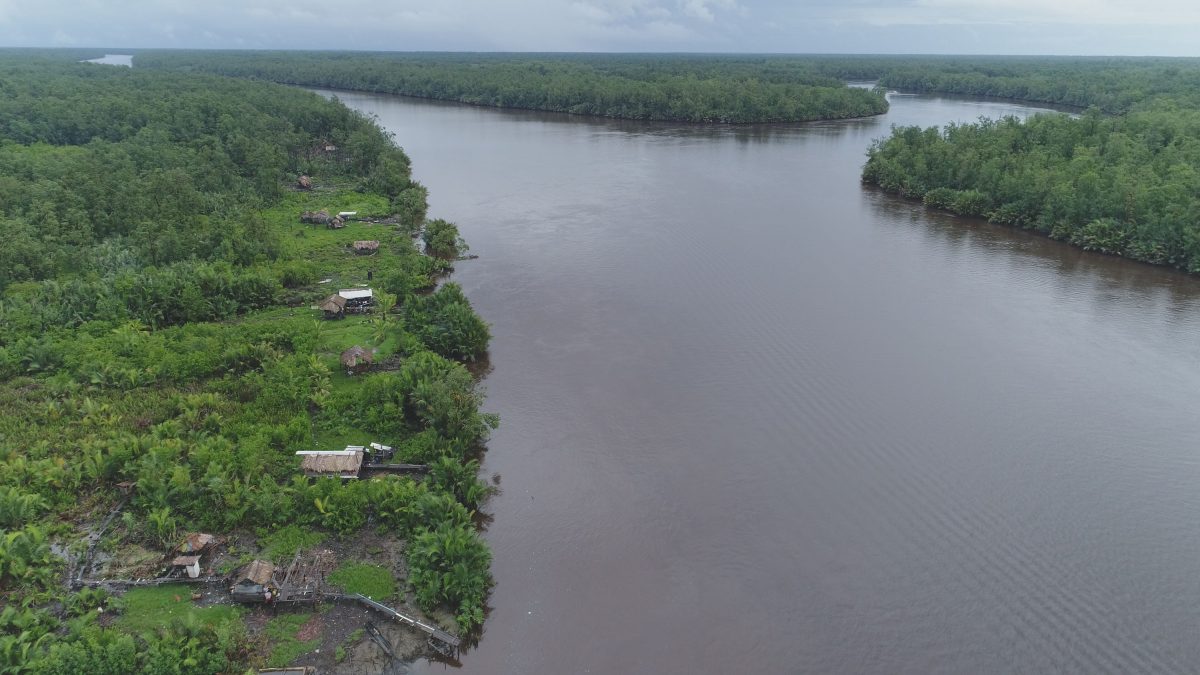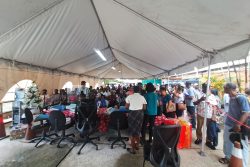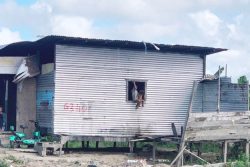The Guyana Marine Conservation Society (GMCS), with support from the German NGO ARA, and through partnerships with the University of Florida, Jacksonville Zoo and Gardens, the Rupununi Wildlife Research Unit and the Region 1 RDC, has embarked on research to assess the current state of medium and large mammals at the Barima-Mora Passage.
The study will use camera traps to collect crucial data that will inform Guyana’s conservation efforts, and contribute to the growing understanding of mammal species in the region and country, a GMCS release said.
Peccaries, deer, agouti, jaguar and howler monkeys will be among the species studied.
The Barima-Mora passage is home to Guyana’s most intact mangrove ecosystems and is also the habitat of endangered animal and bird species; the mangrove system also provides vital ecosystem services, including coastal shields, protection of biological diversity, forest products, and carbon sequestering – a process critical in the fight against climate change. Despite their benefits, mangroves are under severe threat in Guyana due to increased population build up in coastal areas which has led to the conversion of many mangrove areas for other uses and increased demand for wild meat, further endangering over half a dozen IUCN Red-listed animal species that live there, the release added.
If mangroves are not protected and hunting for wild meat is not managed at sustainable levels, wildlife populations will decline, and rural communities will suffer increased food insecurity. “Barima-Mora is home to rich biodiversity and incredible indigenous culture,” says Annette Arjoon, GMCS President. “We must act to protect it to ensure it remains resilient to the threats of climate change.”
This project brings together a diverse group of scientists, researchers, indigenous communities and local government to generate critical data that will inform efforts to sustainably restore and conserve Guyana’s mangroves and thus contribute substantially to climate change mitigation, the release added.
The team will also train community members in Region 1 on scientific tools and methods, creating opportunities for cross-cultural exchange and building a talent pool for future biodiversity surveys, the release said. The project will serve as a vital input for the eventual goal to include the Barima-Mora Passage for consideration as a UNESCO World Heritage Site.






